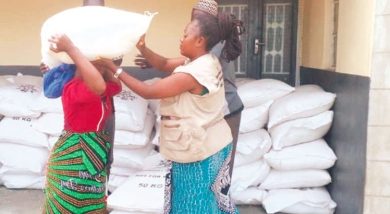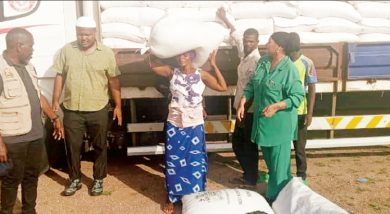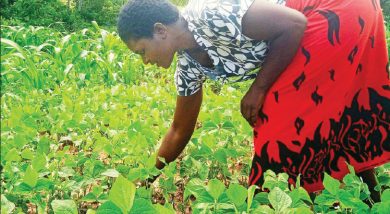MEC projects 10.9m voters in 2025
The Malawi Electoral Commission (MEC) has projected that the country will have 10 957 490 eligible voters in the September 2025 General Elections based on data collected.
MEC chairperson Chifundo Kachale said this on Friday in Salima when he gave an update on the progress of the boundary review process.
He said: “Since the elections will be in September 2025, the commission has obtained data projecting how many eligible voters will be in every area up to the smallest enumeration level.
“The point here to emphasise is that the commission will not use registered voters and total population. The law provides that we should use the population of eligible voters.”

MEC’s projected figures show that the Central Region will have the highest number of eligible voters at 4 827 703 followed by the Southern Region with 4 706 285 and the Northern Region with 1 423 502.
Kachale, who is a judge of the High Court of Malawi, said MEC will use the total number of eligible voters for each district to determine the number of constituencies by dividing the projected total number
of voters eligible to register by the national quotient to determine the number of constituencies.
National quotient refers to the number of estimated voters that are expected to be in each constituency.
Kachale said the national quotient has been obtained by dividing the total number of projected voters eligible to register by the current number of constituencies. Thus, the national quotient is 56 775 derived from 10 957 490 divided by 193 constituencies.
During the May 21 2019 Tripartite Elections, there were 6.8 million registered voters.
However, the MEC chairperson said it is inevitable that there will be remainders and that where the remainder is more than 50 percent of the national quotient, that will be considered as a full constituency.
He said the number of constituencies will be adjusted upwards by a one-on-one account of the remainder.
“Where the remainder is less than 50 percent of the national quotient, that will be split among the constituencies and will not be taken as a full constituency,” said
Kachale.
He said in all cases where new local government councils have been created, they will be considered as new constituencies without considering the number of people eligible to register.
From August 23 2021 to September 17 2021, MEC conducted public sensitisation meetings to inform electoral stakeholders on the approach and methodology for the comprehensive review of constituency and ward boundaries MEC will follow, apart from informing them of the implementation plan.
Besides , MEC also conducted the sensitisation meetings to give electoral stakeholders the opportunity to seek clarifications, present recommendations and submit proposals to be considered by the commission in the review of constituency and ward boundaries.
During MEC’s meeting with the Public Affairs Committee (PAC) on the boundary review last month, the quasi-religious grouping said they supported the process, but appealed for a transparent and credible process.
PAC chairperson Monsignor Reverend Patrick Thawale said they
expect MEC to consider all input from electoral stakeholders consulted.
He said: “As PAC, our view is that if constituencies are increased and it serves the purpose of respecting each individuals vote, then we will go for it.”
The boundary review exercise is backed by Section 76 (2) of the Constitution.
There were 53 constituencies in 1964 and were increased to 63 in 1973. In 1983, they were revised to 101 before increasing further to 112 in 1987.
In 1992, the number of constituencies rose to 141 before being revised in 1993 to 177. The last revision in 1998 increased the number of constituencies to the current 193.





